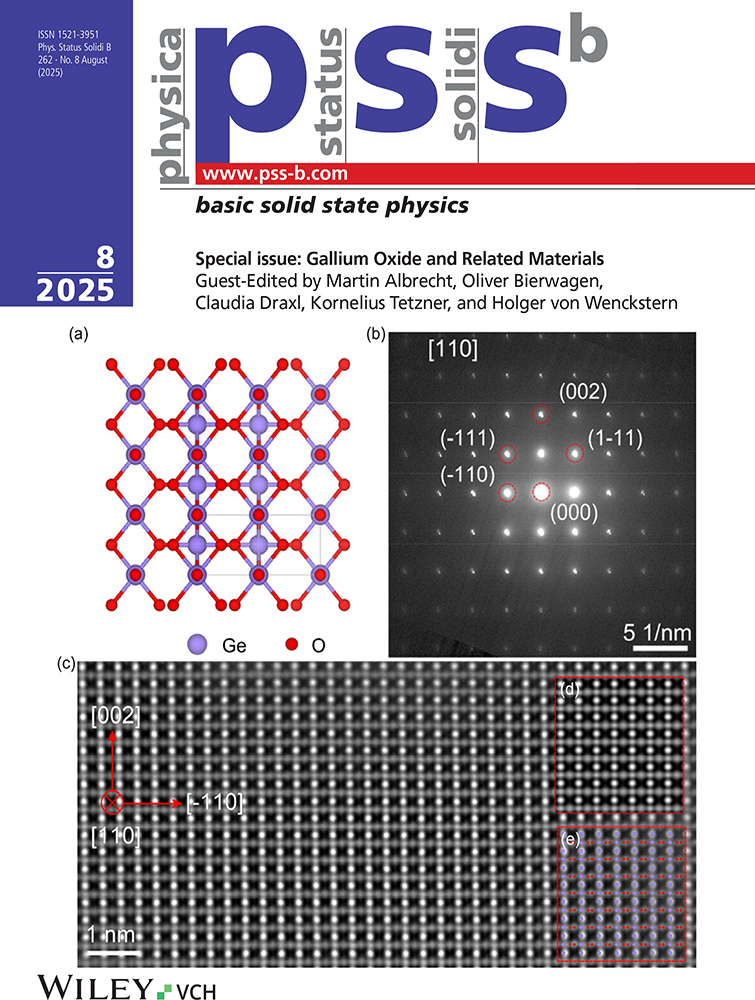Defect Structures Determined by EXAFS
Abstract
Extended X-ray absorption fine structure (EXAFS) measurements were performed to study the atomic structure in undoped ZnSSe, ZnMgSSe, and Cl-doped ZnSe, ZnTe and ZnSeTe. From the measurements of the S K-edge EXAFS, it was found that the S atoms are distributed randomly in ZnSSe and ZnMgSSe. By measuring the Cl K-edge EXAFS for doped samples, it was found that the Cl atoms in ZnSe are incorporated into the fourfold coordinated Se lattice site, however, in ZnTe, the Cl atoms are displaced from the Te lattice site. The cause of the difficulty to get n-type ZnTe may be the displacement of Cl atoms. In ZnSeTe whose Te content is 0.15, the Cl atoms seem to be incorporated into anion lattice sites forming fourfold coordination. The compensation center in ZnSeTe seems to be different from that in ZnTe.




